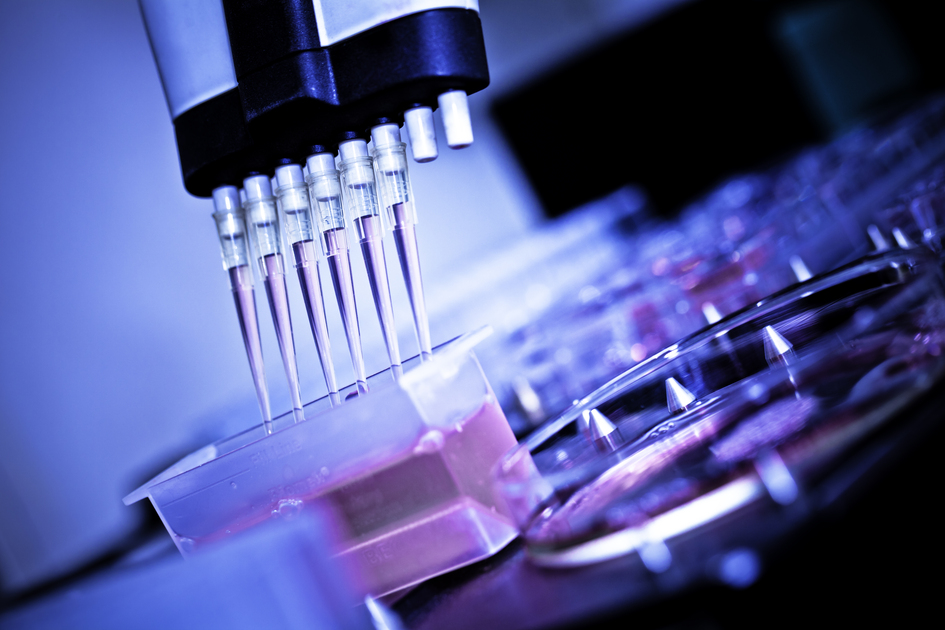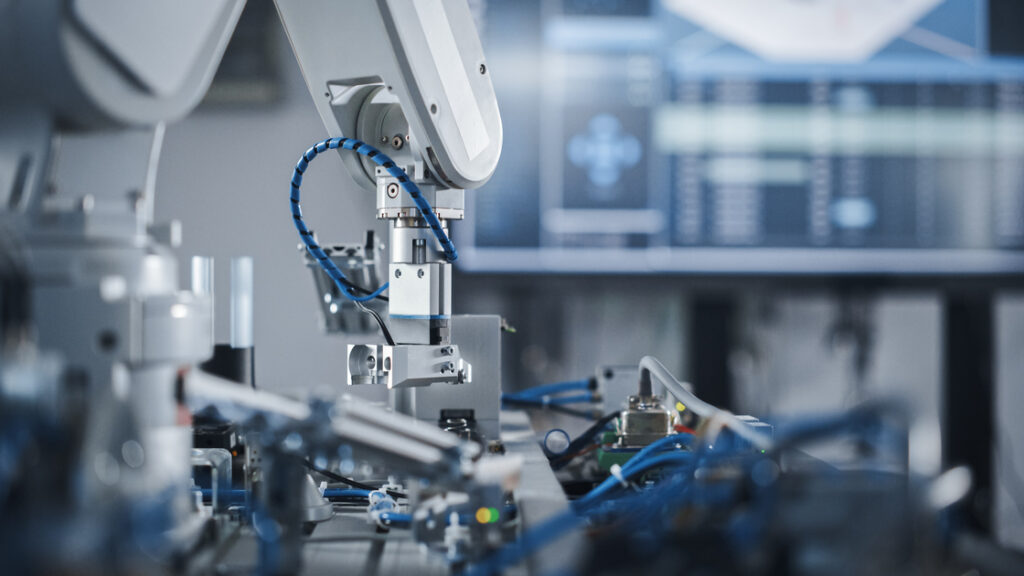As someone managing or working with technology in machine automation, you’ve likely experienced first-hand how the field is evolving at an unprecedented pace. The shift from traditional software defined systems to AI-driven intelligence isn’t just a technological upgrade; it’s a transformative opportunity to enhance efficiency, flexibility, and precision across your operations. Let’s explore this journey together and uncover how these advancements can directly benefit your organization.
Traditional systems, designed to follow pre-programmed logic, have been reliable for repetitive tasks like assembly line operations or simple sorting. But in today’s fast-changing environment, they often fall short:
The shift toward greater automation and faster production cycles in semiconductor manufacturing places added demands on inspection equipment. In a cleanroom environment, where dust and temperature fluctuations are controlled, the primary challenge is having specialized computing systems engineered to handle high-performance components that support the required processing levels.
These systems must also be designed and built to maintain peak performance over extended periods, effectively managing the heat generated by high-performance CPUs and GPUs. Using purpose-built components with optimized cooling solutions ensures reliability and consistent operation, enabling uninterrupted performance and accuracy without interruption.

Artificial intelligence (AI) and machine learning (ML) offer tools to tackle challenges you’re familiar with while unlocking new opportunities. AI-driven systems excel where traditional systems fall short, bringing adaptability, efficiency, and intelligence to your workflows.

Additionally, edge computing offers a practical solution by processing data locally at the source, reducing latency and bandwidth requirements. However, with higher computational power comes additional challenges related to energy consumption and heat dissipation. The increased power demands of AI systems can strain existing energy resources and lead to higher operational costs. Furthermore, the heat generated by high-performance processors requires robust cooling solutions to prevent overheating and ensure system reliability. Whether through liquid cooling systems, improved ventilation, or energy-efficient designs, addressing these considerations in the design of your computing systems is critical to maintaining operational efficiency and avoiding costly downtime.
 Cost Considerations: Transitioning from legacy systems to AI-driven ones is a large investment. While the upfront costs can be significant, they are offset by the long-term benefits of increased productivity and reduced waste. Careful planning and phased implementation can help manage these expenses and demonstrate ROI earlier in the process.
Cost Considerations: Transitioning from legacy systems to AI-driven ones is a large investment. While the upfront costs can be significant, they are offset by the long-term benefits of increased productivity and reduced waste. Careful planning and phased implementation can help manage these expenses and demonstrate ROI earlier in the process.
The good news? The transition to AI-driven intelligence is more accessible than ever. As someone on the frontline of managing technology in machine automation, embracing AI isn’t just about keeping up—it’s about staying ahead. With the right approach, you’ll unlock levels of productivity, precision, and innovation that were previously unimaginable. AI isn’t just the future of machine automation—it’s your future, ready to be built today.
Captec is an award-winning designer and end-to-end provider of specialized computing platforms, engineered to meet the precise needs of any application, no matter the complexity or environmental demands.
Whether it’s upgrading your existing machine vision systems, integrating IoT devices, exploring edge computing or improving your existing AI implementation in your automation environments, our experienced teams are ideally placed to help you evaluate and define how you can harness this new era of intelligent automation and engineer support for you to meet your organizational objectives.